Jeffrey Dahmer Crime Scene Photos Unleashed
In this comprehensive article, we delve into the infamous case of Jeffrey Dahmer, a serial killer who terrorized the nation with his heinous crimes. While we acknowledge the curiosity surrounding the topic, it is important to approach it with sensitivity and respect for the victims and their families.
Our aim is to provide a detailed account of the case without exploiting the tragedy. Join us as we unravel the facts surrounding Jeffrey Dahmer’s crime scene photos and explore the impact they have had on society.
Jeffrey Dahmer, also known as the “Milwaukee Cannibal,” was an American serial killer and sex offender who committed a series of gruesome murders between 1978 and 1991. His crimes shocked the world and earned him a place in the annals of criminal history. Dahmer’s modus operandi involved luring young men to his apartment, where he would drug, sexually assault, murder, and dismember them.
The Controversy Surrounding Crime Scene Photos
Crime scene photos hold a morbid fascination for some individuals, despite the ethical considerations involved. The Jeffrey Dahmer case is no exception. The availability and circulation of crime scene photos have sparked intense debate regarding their use and impact on society. While some argue that they serve as a reminder of the horrors perpetrated by Dahmer, others contend that they only sensationalize the crimes and further victimize the deceased and their families.




 The Importance of Sensitivity and Respect
The Importance of Sensitivity and Respect
When discussing sensitive topics like crime scene photos, it is crucial to approach them with the utmost sensitivity and respect. Recognizing the pain and trauma experienced by the victims’ families, it is essential to balance the public’s right to information with the need to protect the dignity of those affected by such tragedies. Ethical considerations should guide our actions, ensuring that we do not contribute to the distress of the victims’ loved ones.
Impact on Society and Media Coverage
The Jeffrey Dahmer case garnered extensive media coverage, and crime scene photos played a significant role in shaping public perception. The graphic nature of these images left an indelible mark on society, prompting debates on various aspects, including mental health, criminal justice, and the need for improved victim protection. Media outlets have a responsibility to report on such cases responsibly, avoiding gratuitous or sensational content that may perpetuate harm.
Respecting Privacy and Consent
In any discussion of crime scene photos, it is crucial to consider privacy rights and the issue of consent. Victims have a right to privacy, and their families should be able to determine how their loved ones are remembered and portrayed. Sharing crime scene photos without consent violates these rights and can retraumatize the families, perpetuating their pain long after the crimes were committed.
The Role of Education and Awareness
While the public’s curiosity surrounding crime scene photos is understandable, it is important to channel it into educational efforts that promote awareness and prevention. By focusing on the victims’ stories, their lives, and the lessons learned from these tragedies, we can create a more informed and compassionate society. Educational initiatives should emphasize the importance of early intervention, mental health support, and community engagement to prevent similar crimes from occurring in the future.
Jeffrey Dahmer case remains a dark chapter in criminal history. While crime scene photos hold a certain allure, it is crucial to approach their discussion with sensitivity, respect, and a commitment to ethical standards. By promoting awareness and education, we can remember the victims

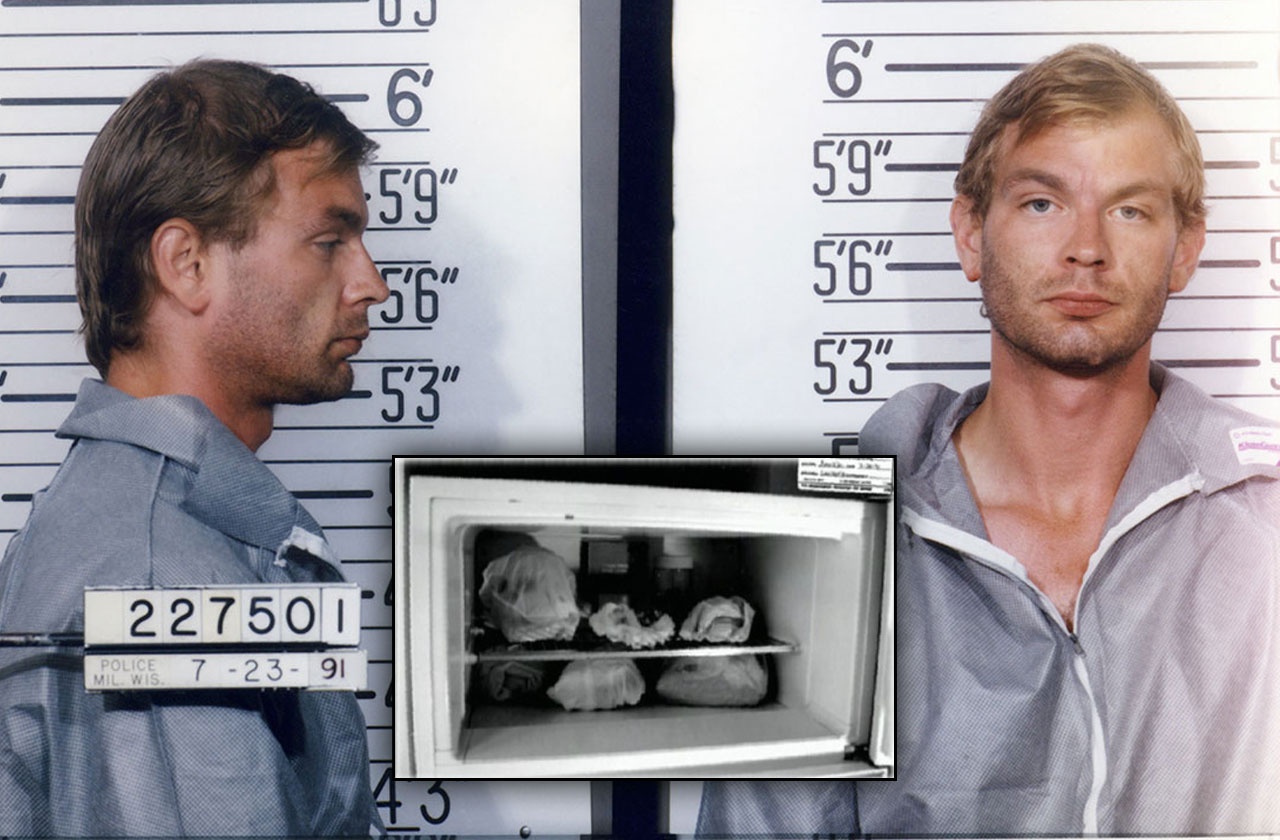
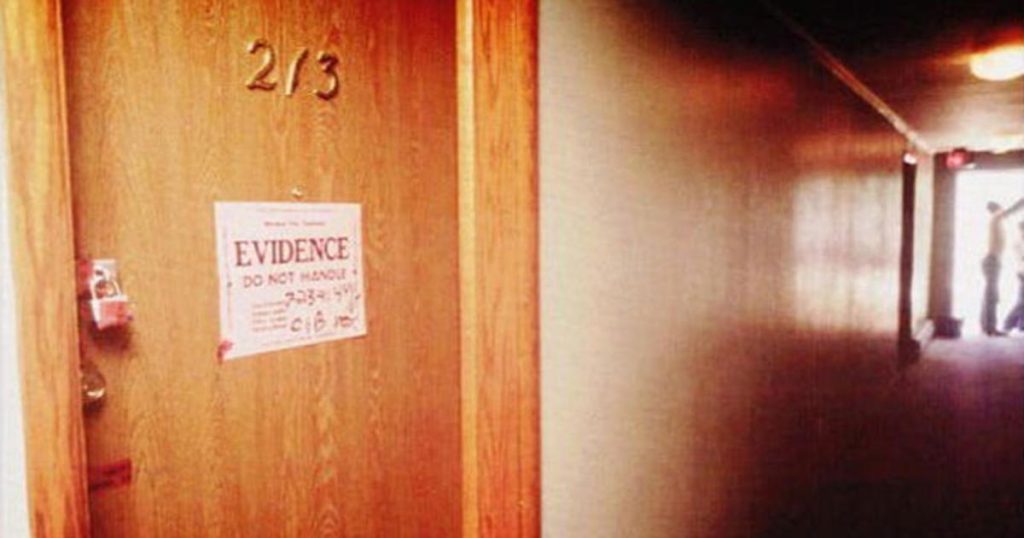
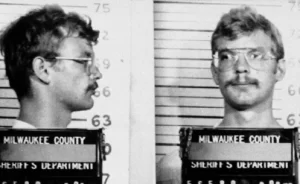

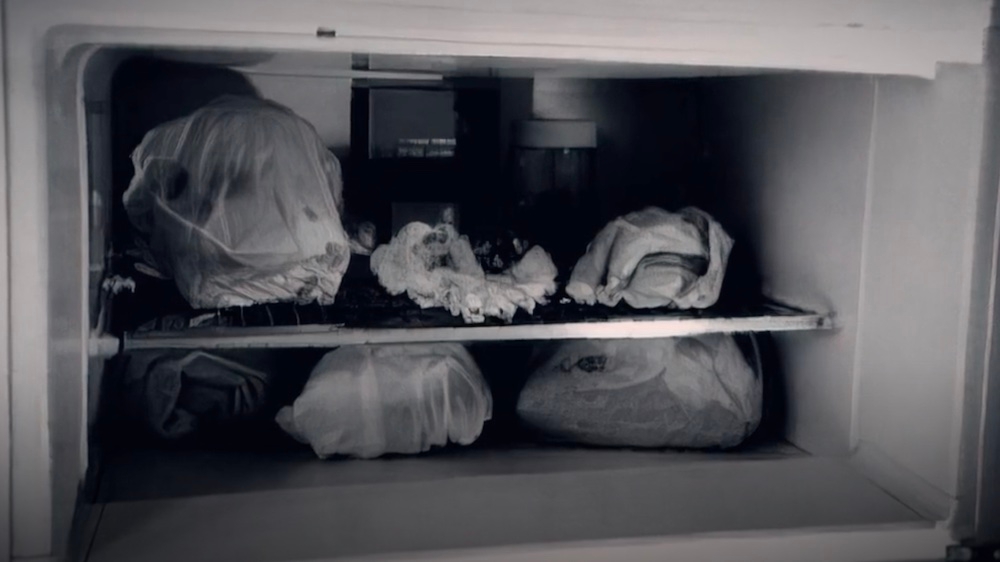
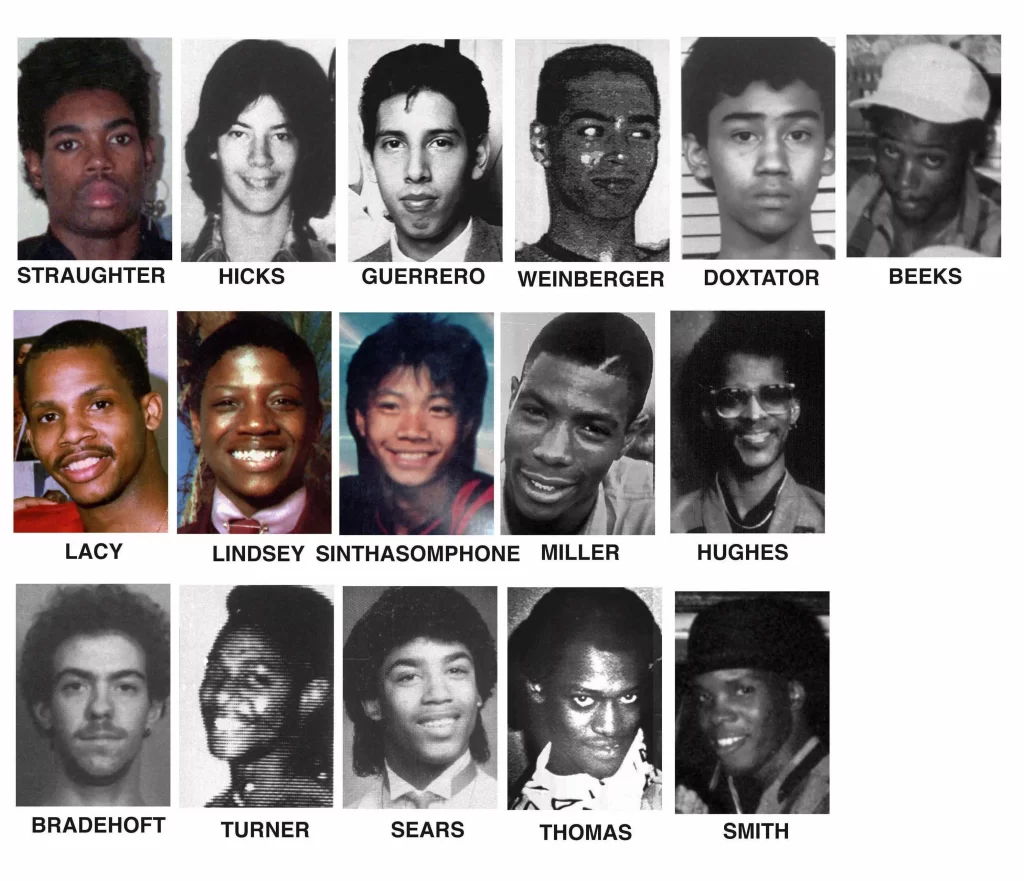 The Importance of Sensitivity and Respect
The Importance of Sensitivity and Respect